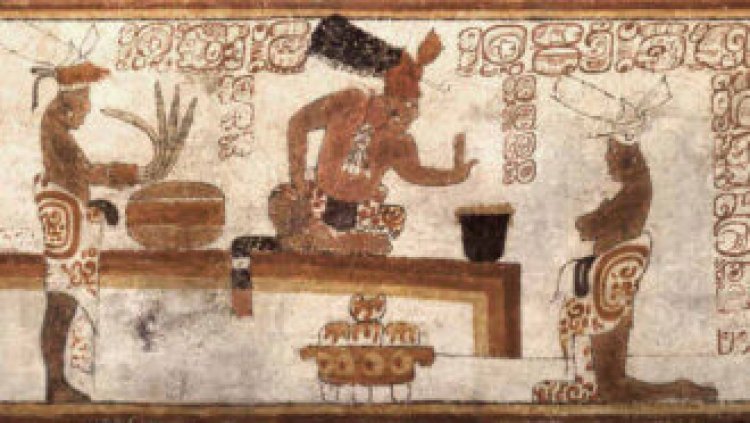In Maya society, cacao use was for everyone, not just royals
Previously considered a preserve of Maya elites, cacao was consumed across all social strata, a new study finds.

In ancient Maya civilization, cacao wasn’t just for the elites.
Traces of the sacred plant show up in ceramics from all types of neighborhoods and dwellings in and around a former Maya city, researchers report September 26 in the Proceedings of the National Academy of Sciences. The finding suggests that, contrary to previous thinking, cacao was consumed at every social level of Maya society.
“Now we know that the rituals the elite depict with cacao were likely played out, like Thanksgiving, like any other ritual, by everyone,” says Anabel Ford, an archaeologist at the University of California, Santa Barbara.
Cacao — which chocolate is made from — was sacred to the ancient Maya, consumed in rituals and used as a currency. The cacao tree (Theobroma cacao) itself was linked to Hun Hunahpu, the maize god. Previous research found cacao in ceremonial vessels and elite burials, suggesting that its use was restricted to those at the top.
To explore the extent to which cacao was used in broader Maya society, Ford and colleagues examined 54 ceramic shards dating from A.D. 600 to 900 (SN: 9/27/18). The shards come from jars, mixing bowls, serving plates and vases thought to be drinking vessels. All the pieces were found in residential and ceremonial civic areas of varying size and status from city centers, foothills, upland areas and the valley around the former Maya city of El Pilar, on the present-day border of Guatemala and Belize.
To identify cacao, the researchers searched for theophylline, a compound found in trace amounts in the plant. The team found the compound on more than half of the samples, on all types of ceramics and distributed throughout social contexts.
Future research will move beyond who consumed cacao and explore the role of farmers in managing the critical resource. “A better question is to understand who grew it,” Ford says, because those people probably had greater access to the prized commodity.
What's Your Reaction?



























































